Alternating Hot and Cold Therapy
Heat therapy and cold therapy (cryotherapy) are used very commonly as treatments because of the benefits they pose to the body and the natural healing process involved in heating up and cooling down the body.
These two different techniques can be used in conjunction with each other by alternating between hot therapy and cold therapy for the most effective pain relief. This blog post will discuss how you can go about doing this, the products you'll need and the benefits of alternating hot and cold therapy.
What is contrast therapy?
Contrast therapy refers to using both hot and cold therapy as a treatment, this can be done through different means but the most popular trend at the moment is called hot/cold immersion therapy. This form of contrast therapy makes use of ice water and hot water or extremely cold conditions and extremely hot conditions.
This means it can be achieved through using things like an ice bath and a sauna or hot bath but can also simply involve a bucket of iced water and a bucket of very hot water. The maximum recommended time you should stay in a bath or ice or hot bath is 20 minutes. With ice baths, you should start at 5-10 minutes to let your intolerance increase and work your way up to 20 minutes.
This mainly depends on the type of treatment you're going for, ice baths combined with a sauna are better for treating the whole body but for targeting specific limbs or parts of the body; you'll need a more precise way of heating up and cooling down so this is where the buckets and things like heat packs or cold packs are more useful for pain relief.
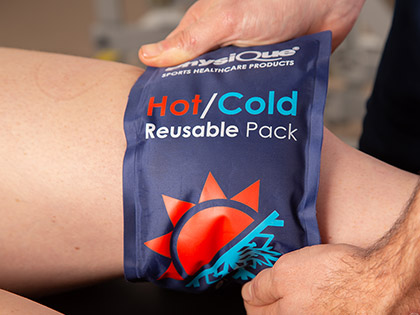
How does contrast therapy work?
The science behind contrast therapy involves controlling and altering blood flow, cold therapy increases blood flow to a specific area of the body and heat therapy decreases blood flow to a specific area. Cold therapy poses benefits such as reducing inflammation, numbing the injured or affected area and reducing tissue damage or exercise induced muscle damage.
Heat therapy helps relax stiff muscles, aching muscles and muscle spasms, prevents lactic acid waste build-up and improve poor circulation which helps with the body's natural response while also making you feel better. The last benefit is more of a psychological benefit but your mental state has a bigger impact on recovery than you may think.
There are more benefits tied to cold therapy with people like Wim Hof championing the idea of using cold water immersion for physical and mental health benefits.
You might know him from the Wim Hof Method which is a deep breathing technique, it's based on the fact that increased oxygen levels pose numerous benefits to the body.
Using cold water therapy as well offers full control over oxygen because it's good for oxygen regulation, shocking the body with the cold temperatures and of course decreasing blood flow through the blood vessels.
It might make more sense if you think about what exactly happens when you take a really cold shower; you start breathing really fast and deeply which is your body's natural response known as a cold shock response.
This is because your blood vessels become restricted so you have to take in a lot more oxygen in order to survive since your body doesn't know how long it might be in that state.
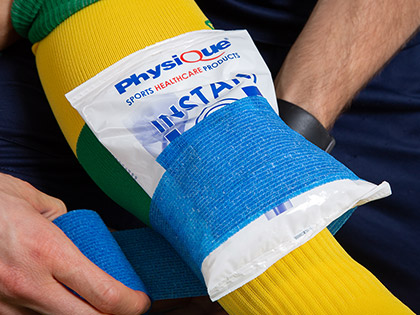
How can I use contrast therapy to treat an injury or recover?
As mentioned above, there are multiple ways to use hot and cold therapy together so it doesn't really matter how you do it as long as you're exposing whatever it is that you want to treat to both forms of therapy then you'll achieve the results you're looking for.
If you have an acute injury then use more targeted ways of treating the affected area and if you are looking to recover whole limbs like your legs then ice baths and more immersive treatments are better.
More targeted ways could be things like hot and cold packs or topical products to help with a back injury for example.
Hot and Cold Therapy Products
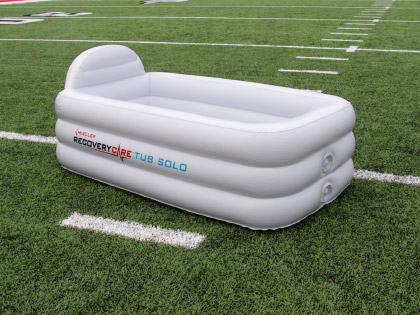
Recovery Ice Bath
This is the only ice tub you'll need for cold water therapy, produced by Mueller; it is reliable and it's designed for personal use with comfortable dimensions.
It's also easy to empty it when you're done with convenient plugs for draining the water.
There's a larger version of this recovery Ice bath for team use which has the added benefit of team bonding over recovery.
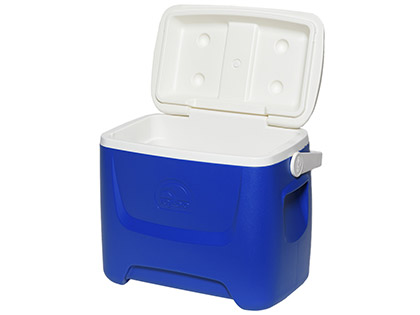
Igloo Ice cooler
We mentioned buckets earlier but buckets don't really keep things cold and with cold therapy, the colder - the better. It's a good idea to use an ice cooler instead, this is the second largest one that we currently sell at 26 litres. The larger one is 36 litres but this Igloo cooler will fit a decent amount of size in it too.
You can use ice coolers to keep any ice cold for when you need it and if you don't have any buckets around, they are good substitutes as they keep the ice from melting and save you trips to the fridge or ice machine.
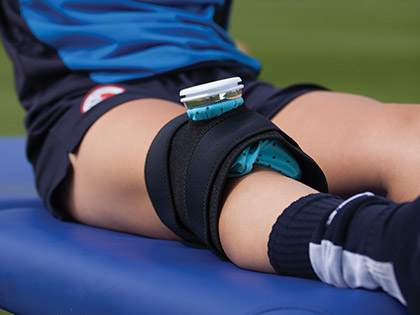
Pro Ice Wrap
This ice bag makes use of two great recovery treatments, cold therapy and compression.
The wrap-around strap is also good for securing the ice bag in place so you can use it for more specific treatments where you want to treat a particular area like a joint
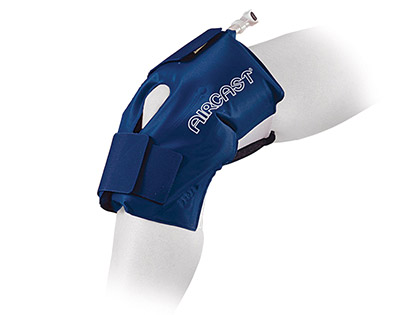
Aircast Cyro Cuff
This is another good product to consider for compression combined with cold therapy treatment.
It's even better for targeting specific joints and muscles because there are different versions of the cryo cuff which are each designed for particular joints and muscles such as the elbow, calf, knee, thigh and ankle.
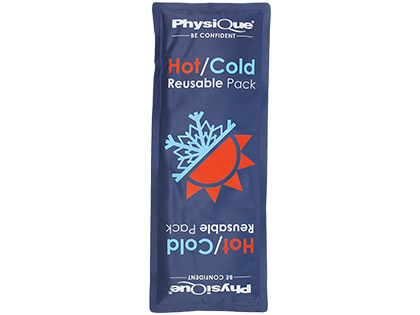
Hot and Cold Pack
This is perfect for both hot and cold therapy, although if you're planning on using it for contrast therapy or alternating between hot and cold then you should consider getting a couple of these
That way you can keep one in the freezer ready for treatments and the other one will only take a minute or two in the microwave to heat up.
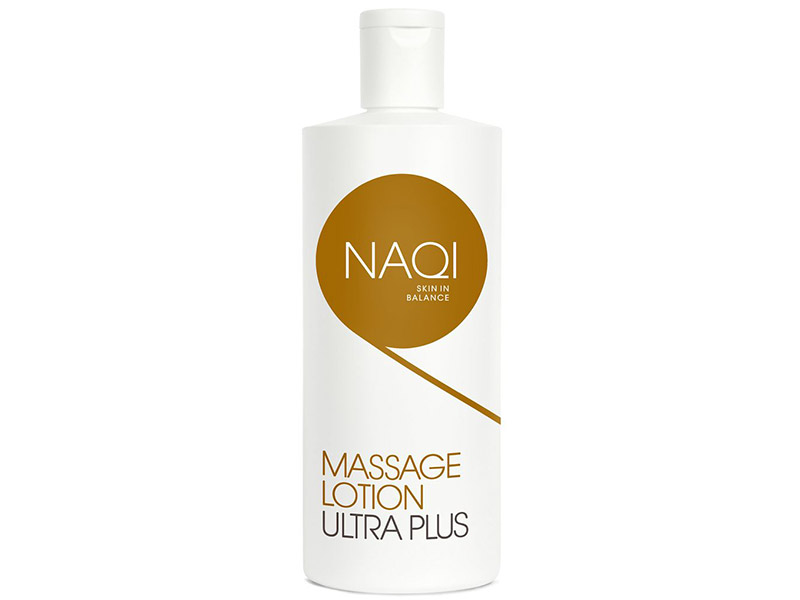
NAQI Ultra Plus Lotion
NAQI Ultra Plus is an excellent pre-event lotion that helps warm up and loosen muscles and tendons prior to activity.
Its primary uses are pre-match muscle warming, treatment of sore muscles, fatigue and any massage that requires warmth to the tissue.
It's recommended that if you want to use it for contrast therapy then you should get something like an ice pack. You can even use frozen vegetables in a plastic bag as this will essentially do the same thing as a cold compress.
You would use the sports balm to warm the muscles up and then apply the pack of ice or jump into an ice bath which allows you to target specific areas or whole limbs and parts of the body.
Keep in mind to only use a small amount of Ultra Plus to add heat and if you have sensitive skin, we would recommend using gloves to apply it.
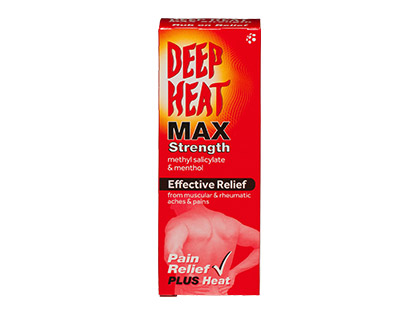
Deep Heat
As far as topical creams for heat therapy go, Deep Heat is certainly the leading brand with so many different options of heat therapy creams and pain relief gels.
Unfortunately, because it's a cream, it's absorbed into the body so it's not exactly the best option for contrast therapy but using cold therapy in conjunction with it and alternating with cold therapy after the warming effect wears off should be pretty effective.
Alternating Hot and Cold Therapy for Massage
Hot stone therapy
Although hot stone therapy is not directly related to alternating hot and cold therapy, it can theoretically be used as a form of heat therapy.
Hot stones are an alternative therapy technique that involves heating up special stones in a heater and placing the stones on the area that needs to be treated, this relaxes the muscles and helps distribute the heat evenly and slowly so that it is more beneficial to the patient or client.
It is more associated with massage therapy but if you used hot stone therapy followed by a cooling massage then you'd technically be doing a hot and cold treatment. You could even use a cold gel or freeze spray but there are a lot more benefits of a cooling massage.
Simply alternating between warming massage and cooling massage could also have a really good impact on muscle recovery.
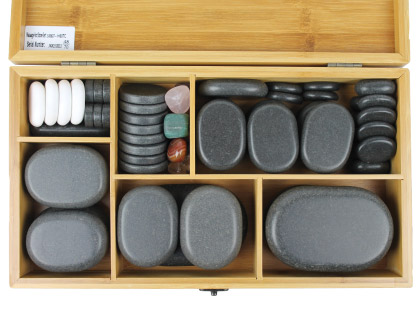
A cost-effective way of incorporating cold therapy into massage would be to use a towel soaked in ice water and place it on the part of the body that you want to treat followed by alternating with heat therapy.
Hopefully, you get the point by now, it doesn't matter how you actually perform your hot and cold treatments, the most important thing is that you're effectively heating and cooling - the body will do the rest.
Related Product Videos
Related Products
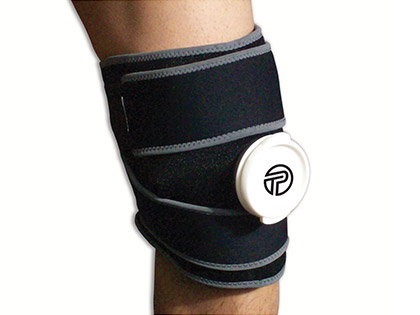
Pro Ice Wrap
(4)

NAQI Cool Gel
(1)
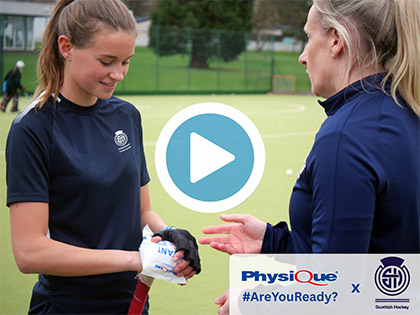
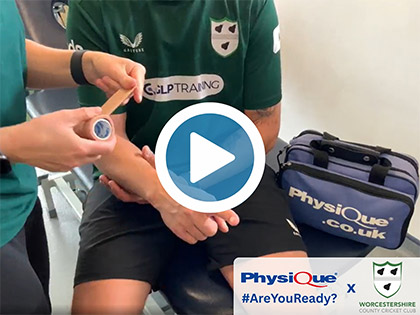
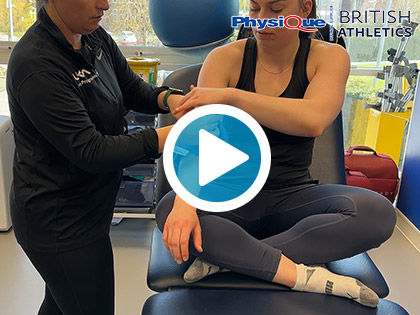
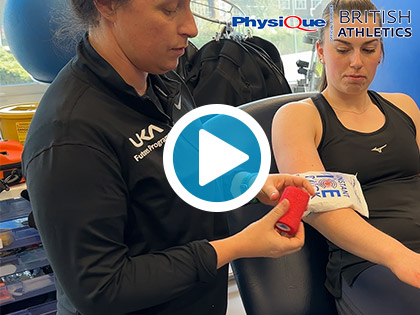
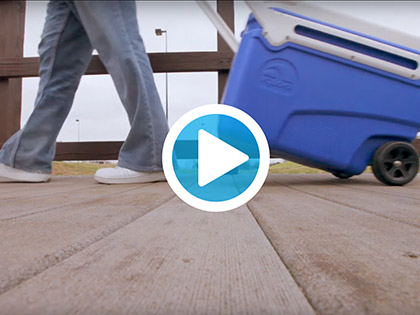
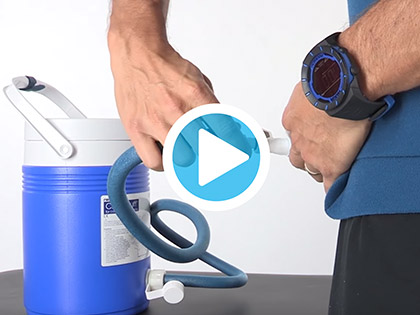
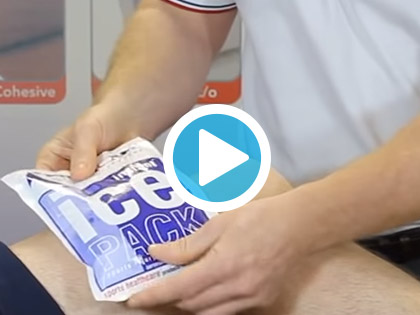

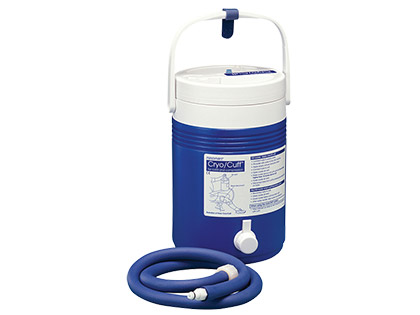




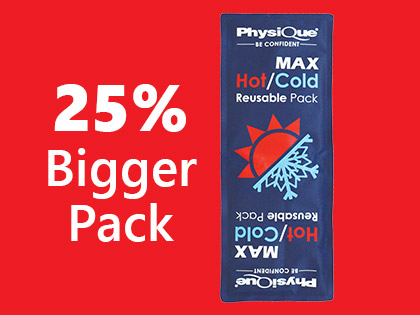
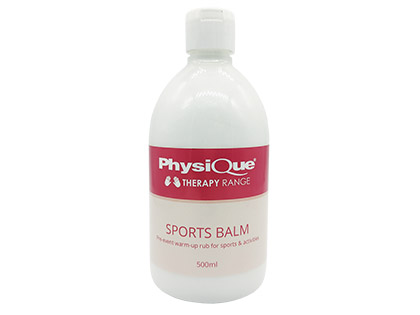
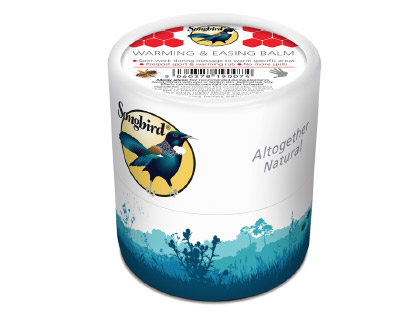
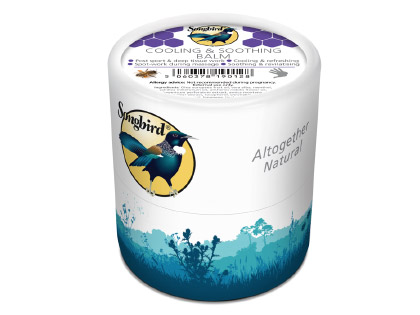

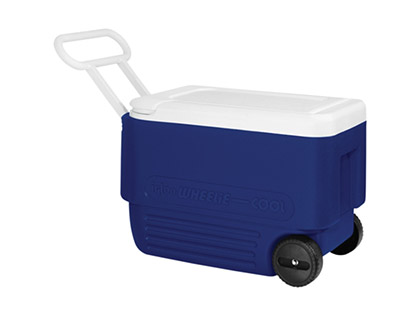

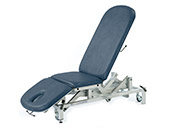
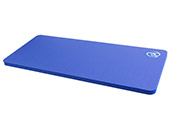

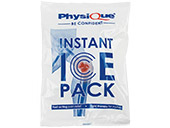

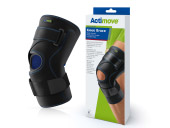
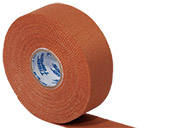
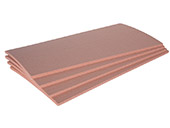
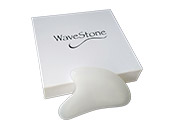
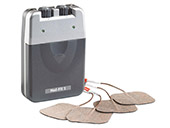
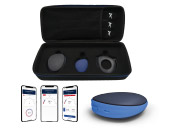
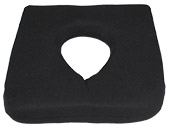
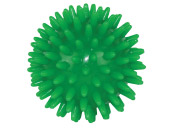
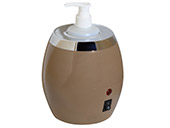
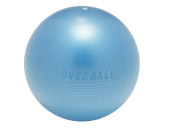

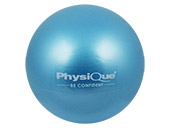
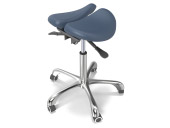
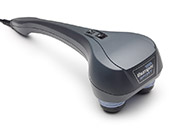
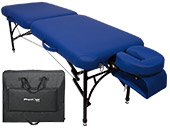
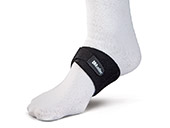

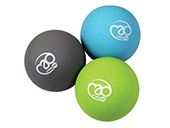
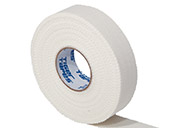
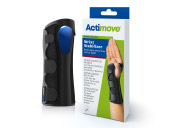

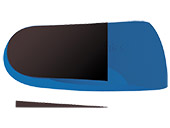
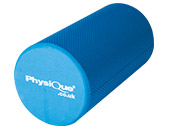
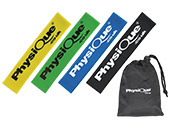
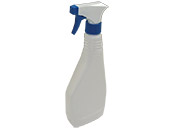
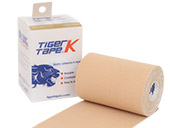
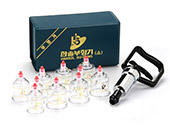
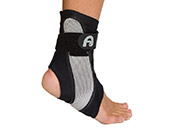
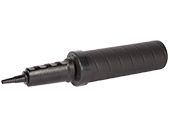


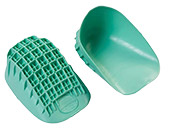

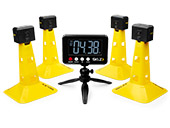
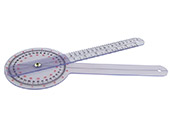
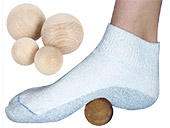
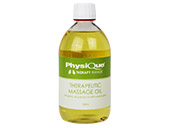
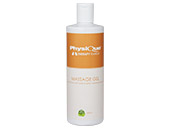
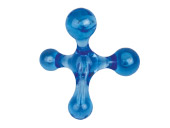
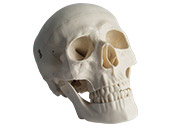
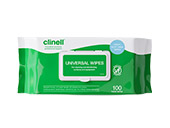
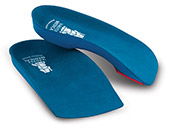
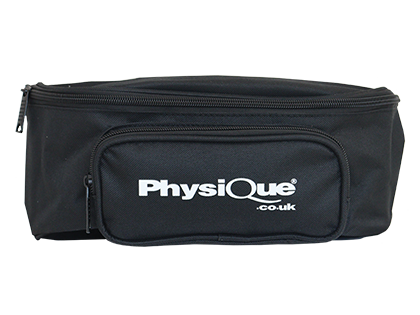
Did you find this article useful?
Why not share this with a colleague, patient or friend?